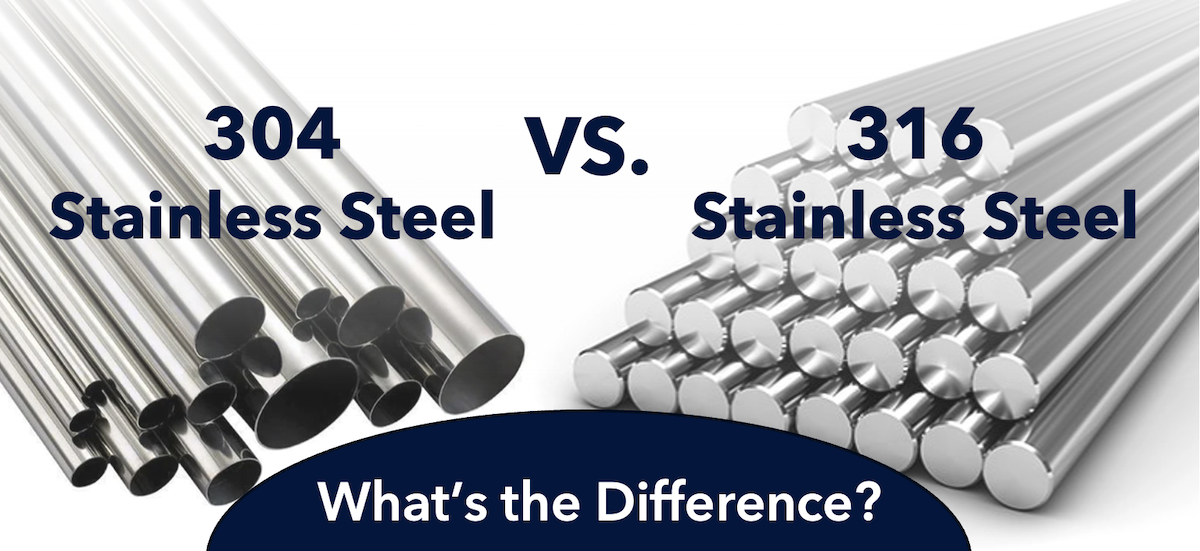304 vs 316 Stainless Steel: What’s the Difference?

Mixer and tank manufacturers commonly standardize on stainless steel grades for their products based on the industries and applications they serve. The term “stainless steel” refers to a wide range of steels that resist rust, corrosion, and discoloration due to the presence of at least 10.5% chromium in the alloy. What they all have in common is that the chromium forms a protective layer of chrome-oxide on the material surface. It is this layer that prevents rust and corrosion from forming and entering the molecular structure of the material and protects the iron. Two of the most common grades of stainless steel are 304 and 316, which stand out for their durability and widespread use, particularly in medical and food/beverage applications. What sets them apart, and how do you choose the right one for your project? Here’s a comprehensive breakdown:
304 vs 316 Stainless Steel
Composition and Properties:
- 304 Stainless Steel: This grade is made from a combination of steel, containing 18-20% chromium, 8-10.5% nickel, and carbon. It's renowned for its excellent corrosion resistance and value, making it a versatile choice for various applications.
- 316 Stainless Steel: In addition to the core components found in 304, 316 includes molybdenum (about 2-3% of its composition). This key addition significantly boosts its resistance to corrosion, particularly against chlorides and marine environments.
Key Differences:
- Corrosion Resistance: The most notable difference lies in their resistance to corrosion. 316’s molybdenum content offers a higher level of protection against salts and acids that would typically accelerate wear in 304-grade steel.
- Applications: Due to its enhanced resistance, 316 is the go-to for marine applications, chemical plants, and areas with high chloride exposure. On the other hand, 304 is preferred for equipment used in food production and cosmetics.
Choosing Between 304 and 316 Stainless Steel:
The decision between 304 and 316 stainless steel boils down to the environment and application. For general use, 304 provides excellent strength and corrosion resistance at a better price point. However, for settings exposed to harsh chemicals or saltwater, 316 is the superior choice due to its advanced corrosion resistance.
Variations in Carbon Content
Another consideration when choosing stainless steel is the carbon content in the alloy. 304 stainless steel is available as standard 304, 304H and 304L. These variants all contain the same mixture of chromium and nickel but have different amounts of carbon. 304H has a high carbon content (less than 0.1%), 304L has a low carbon content (less than 0.035%). Standard 304 carbon content is in between these two (less than 0.08%). High carbon variants provide optimal high-temperature strength. Low carbon variants prevent sensitization during welding, which is when stainless steel loses corrosion resistance at the weld point.
316 stainless steels also come in 316H and 316L variants. Both of which provide similar benefits to 304 carbon variants.
Still unsure about what type of stainless steel would be best for you? The INDCO engineer team is here to guide you through the selection process to ensure you get the best material for your application.
